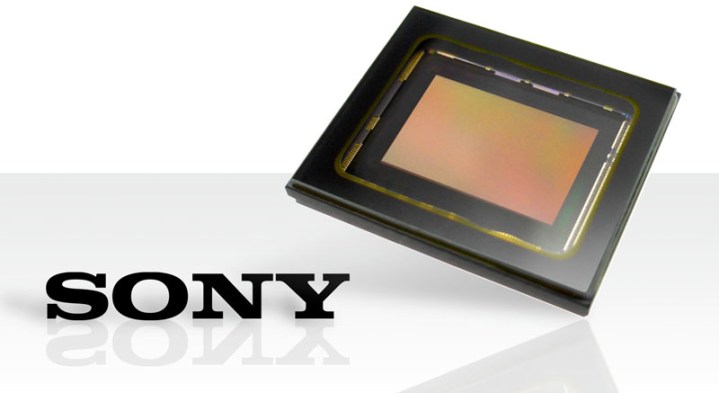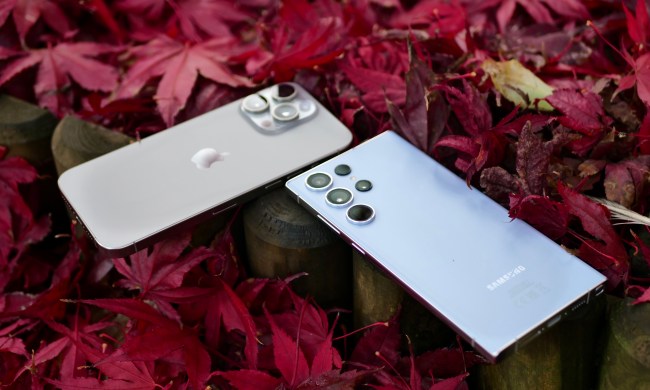
“Big” may not be descriptive enough for what over the next five years will be an industry worth almost $19 billion for CMOS image sensor suppliers. To date, Sony owns the lion’s share of the market for CMOS sensors, controlling 35 percent or $3.6 billion of the 2015 total of $6.7 billion.
Other major players in the industry are Samsung, Omnivision, On Semiconductor, Canon, Toshiba, and Panasonic. None of the other competitors are close to Sony’s market share with Samsung in second place at 19 percent.
To put it simply, image sensor technology gives your smartphone camera the capability to auto-focus, increased image quality, and helps with optical image stabilization. In other words, these sensors provide all the functions that an amateur photographer needs to take decent pictures and perfect selfies with a smartphone.
CMOS image sensors are not just limited to smartphones, however. Automotive cameras are leaping forward in demand and driving increased need for additional production of image sensors. The automotive image sensor market increased 23 percent in 2015 to a whopping $537 million. That pales in comparison to the smartphone utilization, but is still nothing to sneeze at.
Look in the sky for these image sensors as well. Booming drone interest and technological development calls for increasingly sophisticated camera equipment to accompany new drones. The quality and capabilities of the camera equipment on many new drones blows away anything James Bond fans could ever imagine. Many of those advancements are from improved CMOS image sensor technology.
Finally, how can anyone forget virtual reality, with the recent release of so many new VR headsets? Yes, these image sensors are also integral in creating a more complex VR environment. Dual cameras, 360-degree pictures, and eventually filming for VR applications, are all becoming a reality for an average smartphone user.
As long as demand for these applications remain, manufacturers will race to play ball in the CMOS image sensor park. For now, at least, Sony is the home team.


